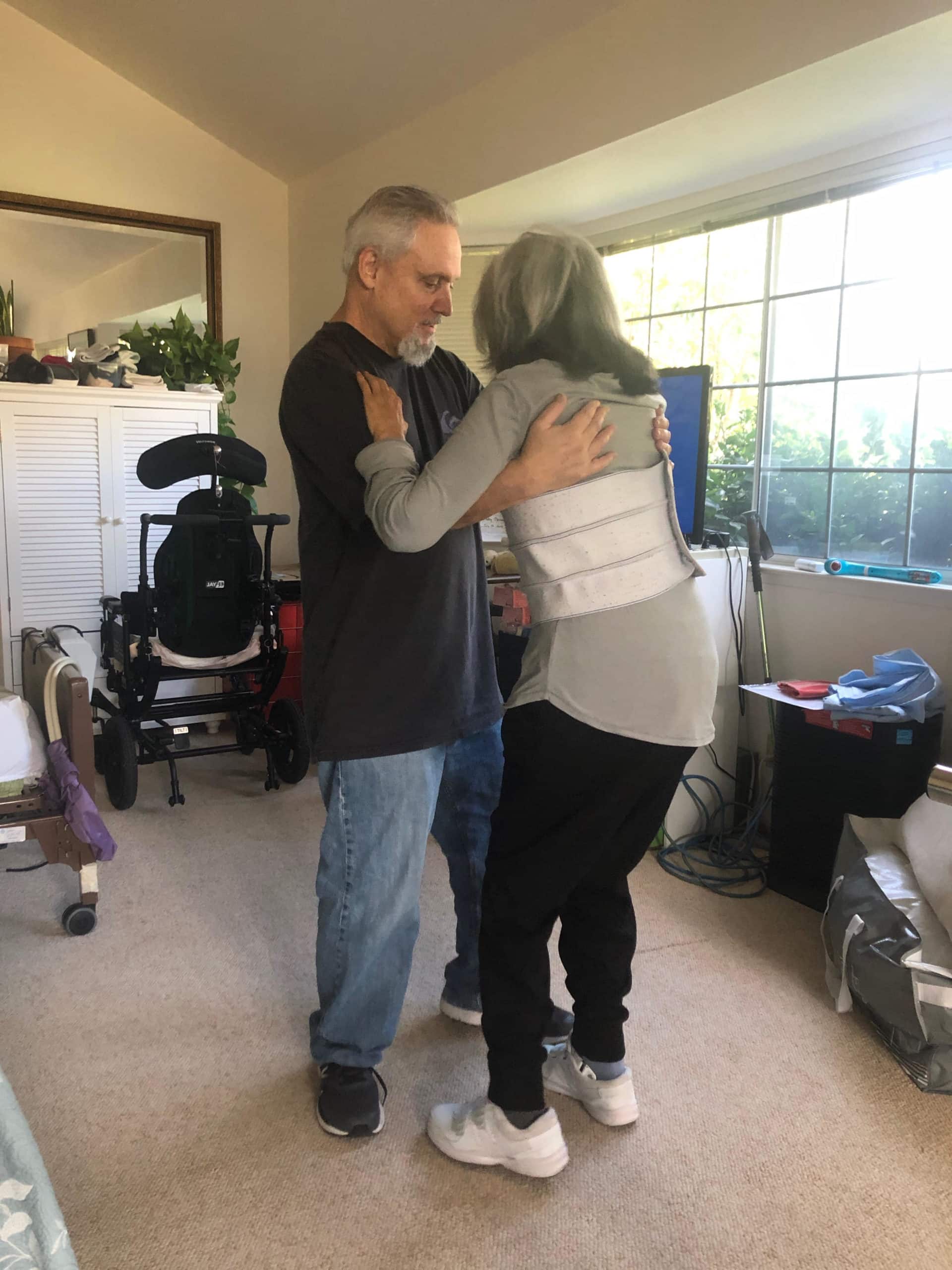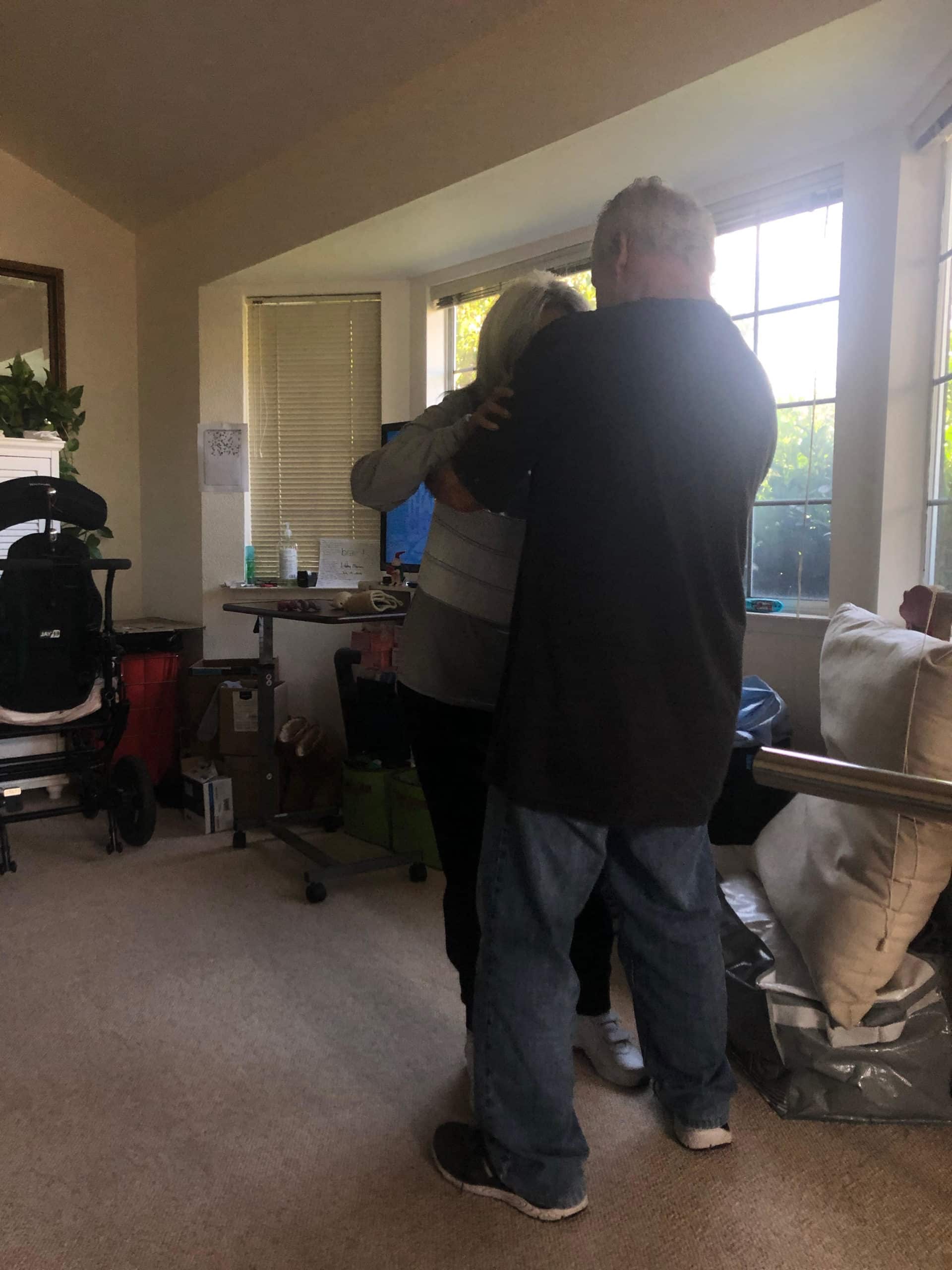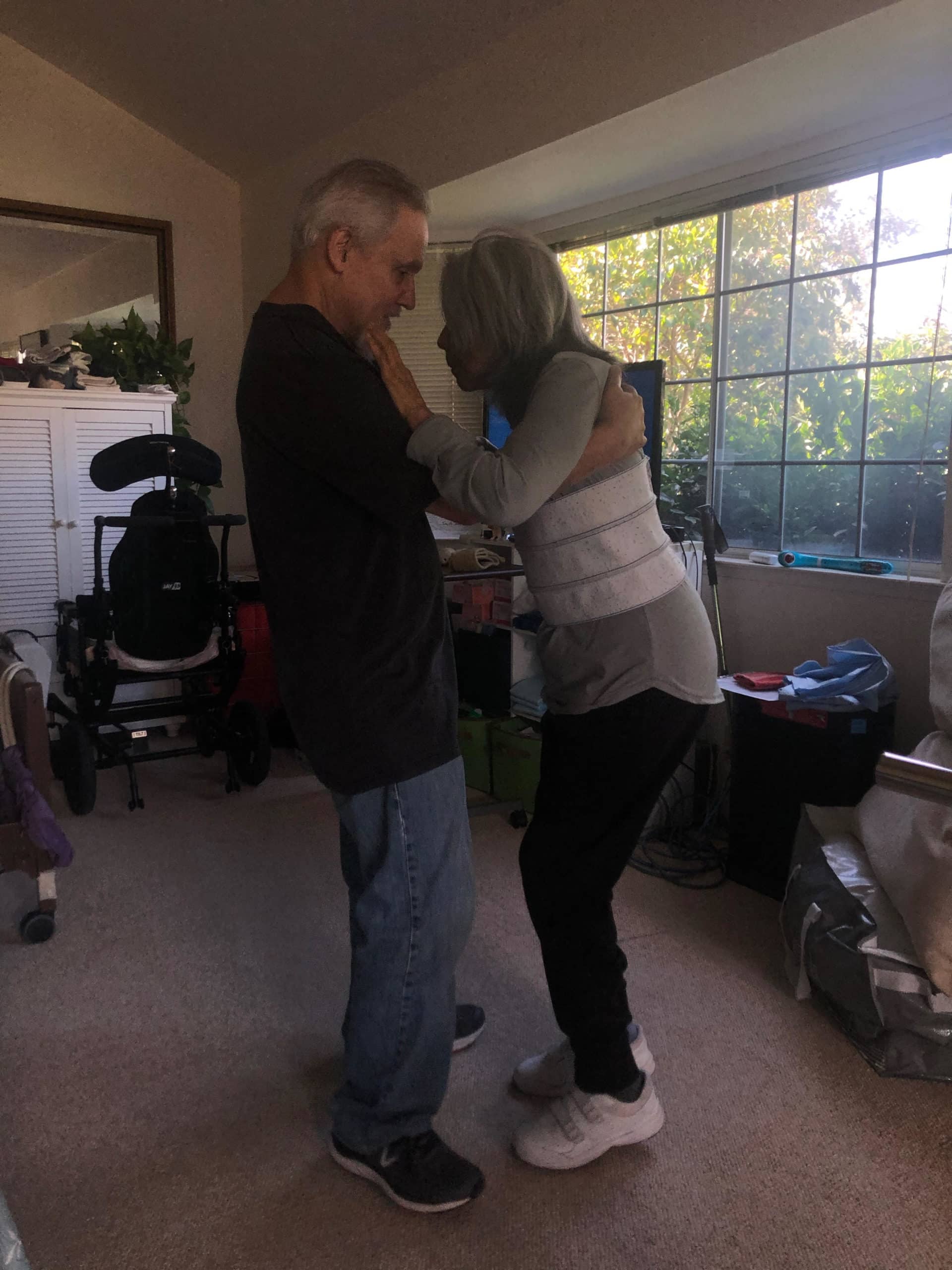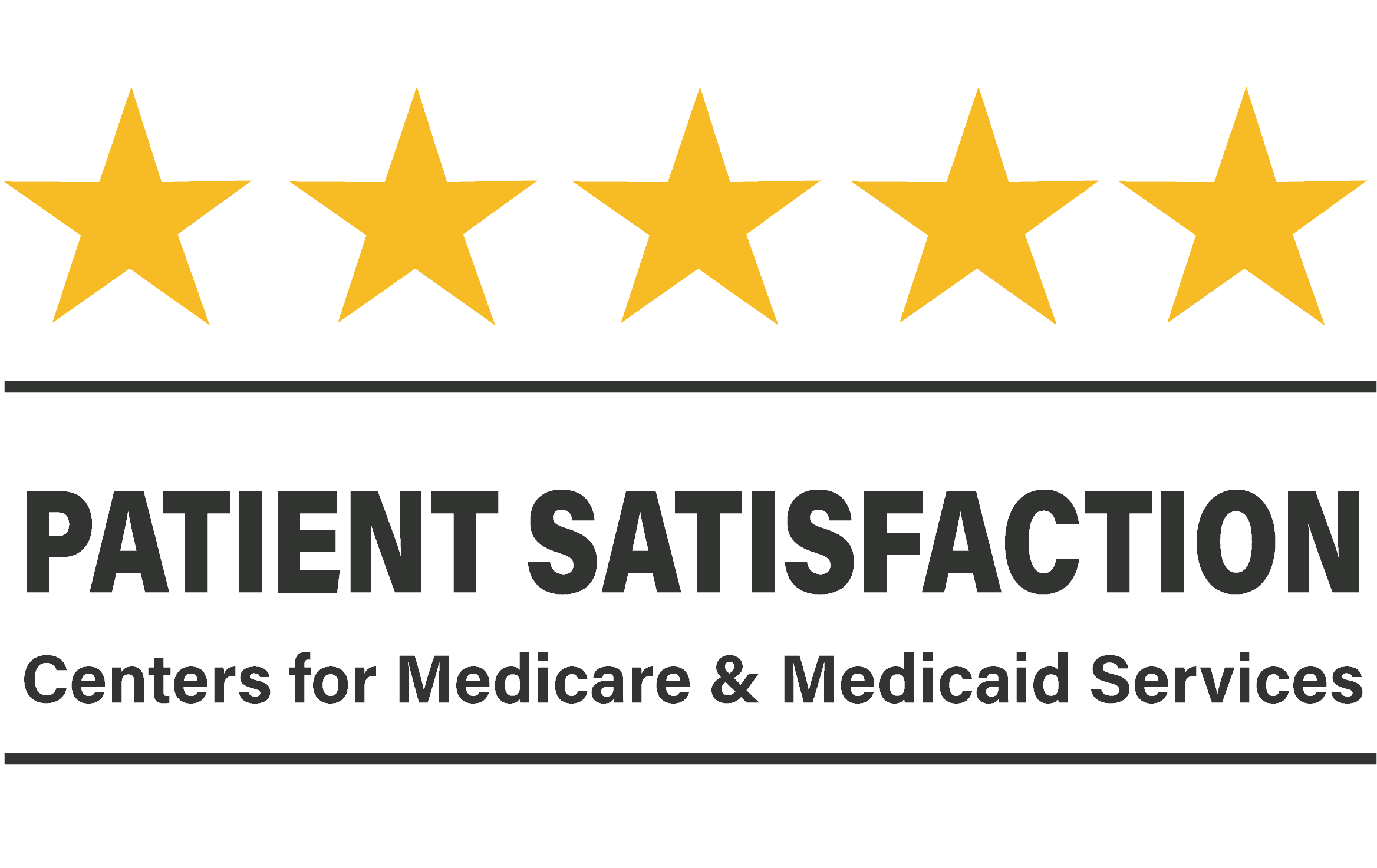Independence through Interdependence
As we celebrate Independence Day, we thought you might want to hear this memorable story… On a sunny afternoon, Tom and Libby peacefully danced in their own little world to The Temptations, slowly moving to the beat around the living room, as they often do. They swayed amongst a hospital bed, a large set of parallel bars, and the bed that once occupied their bedroom. They now dance in a living room that has been converted to their round-the-clock living quarters and physical therapy clinic because of an aneurysm Libby suffered just a year and a half ago. The type of aneurysm Libby suffered is known for an 80% mortality rate or severe brain trauma, often leaving victims in a severely disabled state.
But on this afternoon Libby, and her husband of 38 years, Tom, were dancing and taking in sweet moments together. They ended their dance with a kiss, and Tom helped Libby back to her wheelchair.



Libby's story is one of a remarkable recovery and desire for independence, thanks to the synergy of innovative and hardworking doctors and therapists from VNA Health and Cottage Hospital and Cottage Rehabilitation Hospital (CRH), as well as her main support system Tom, and Martha, her caregiver. Together, the organizations and caregivers worked interdependently to get Libby up and dancing again. It was only a year ago that doctors told Tom she would never be able to use her right side again.
Libby, formally known as Olivia, was talking to her husband, Tom, one afternoon in September 2018 and suddenly complained about intense pain in her head. Tom rushed her to Santa Ynez Valley Cottage Hospital, and she was then transferred to Cottage Hospital in Santa Barbara where Dr. Zauner quickly identified her problem and performed emergency surgery which successfully saved Libby; however, she was left in a coma in the ICU for the next month. While her care team ensured Libby was one of the few to survive this kind of aneurysm, she had a long road ahead to recovery, and Tom was told that her disabilities would be severe. While Tom had accepted their new reality, he wasn't ready to settle for some of these disabilities, and he immediately put all his efforts into a long term goal to get Libby back to being independent and doing things she loved, like gardening, cooking and being with her grandchildren.
Libby was able to return home in January 2019, at which point VNA Health provided Home Health Care and Rehabilitative Therapies. Tom told Occupational Therapist, Brandon D'Augustine, that he wasn't ready to accept that Libby would never be able to use her right side again. Brandon suggested implementing a new electro-stimulus therapy to routinely engage her right side. The therapies by VNA Health and Libby's willfulness brought her right side up to being just as strong as her left within a matter of weeks.
Brandon suggested doing a lot of little things for Libby to practice on a daily basis, such as wiping down a window and using the hand-cycle, to continually stimulate her brain. VNA Health Physical Therapists pushed Libby to walk, with assistance, and told Tom what equipment to get, such as walking parallel bars, so they could regularly practice on their own. The Loan Closet at VNA Health supplemented some of her equipment with a walker and equipment for the bathroom. Tom and Libby's caregiver, Martha, would remain attentive during her therapy visits so they could continue the therapies outside of appointments and speed up her recovery.
The synergy of all of Libby's support proved to be successful when her VNA Health therapists felt Libby had progressed well in her recovery that they suggested she be transferred to the CRH inpatient facility for more intense therapy treatment. Libby was now strong enough and ready for the rigorous directed therapy of 4–6 hours a day that CRH would provide. This rehabilitation at CRH was a therapy "boot camp" of sorts, and Libby thrived in the environment and made great progress. After seven weeks, Libby returned home and VNA Health resumed her therapies, building on the physical and speech improvements she had made at CRH.
Today Libby is strong, and can walk independently along her walking bars, speaking more clearly every day, hold a tight grasp, and, perhaps most important, dance with her loving partner, Tom. He is her rock, and has fully embodied the role of caregiver while maintaining his full time job. He diligently charts all of her daily activities, remains present for all of her therapies, sleeps next to her hospital bed every night and quietly listens whenever she tries to speak, giving her the time to express herself and practice her speech. With the help of Martha, Libby's private caregiver, Tom has worked closely with all medical professionals to make her a true success story after such a traumatic incident. And he continues to set goals for her to reach a new level of independence. He is most eager to have Libby get back to her gardening, not only because she has over 400 plants that require her TLC, but because he knows how much joy and peace it brings her.
Tom is grateful for the synergy of support he received from VNA Health and Cottage Health. He is hopeful for the future, but presently treasures moments, like getting to dance in the living room with his beloved Libby.
VNA Health serves thousands each year through its Home Health Care services and the Loan Closet, a charitable program offering free medical equipment to the community, to help individuals recover and gain independence. The sustainability of these life-changing programs are dependent upon the generosity of our donors. Your gift today will ensure that VNA Health caregivers will continue to work interdependently as necessary with other organizations to help our patients reach their highest level of independence.
Please don't hesitate to call the VNA Health Foundation at 805.690.6260 or email us at fdtn@vna.health.








